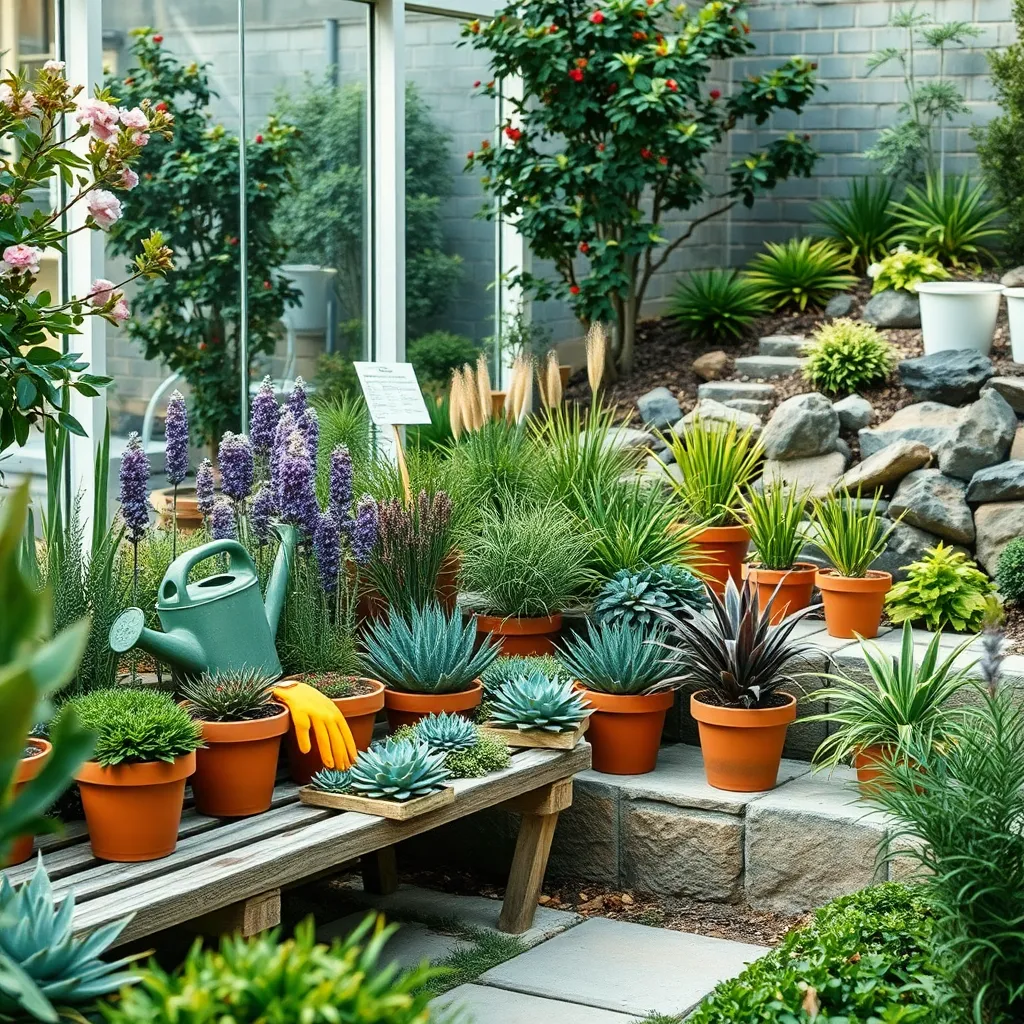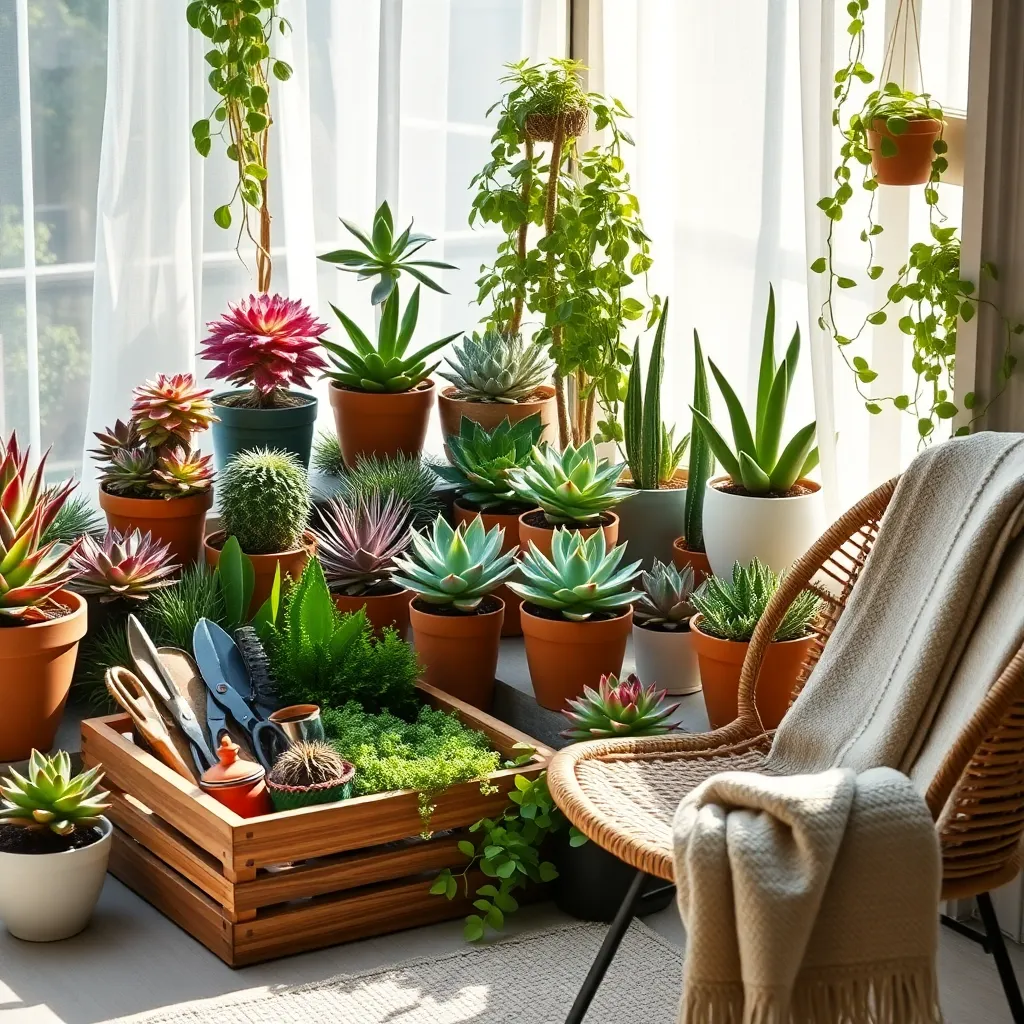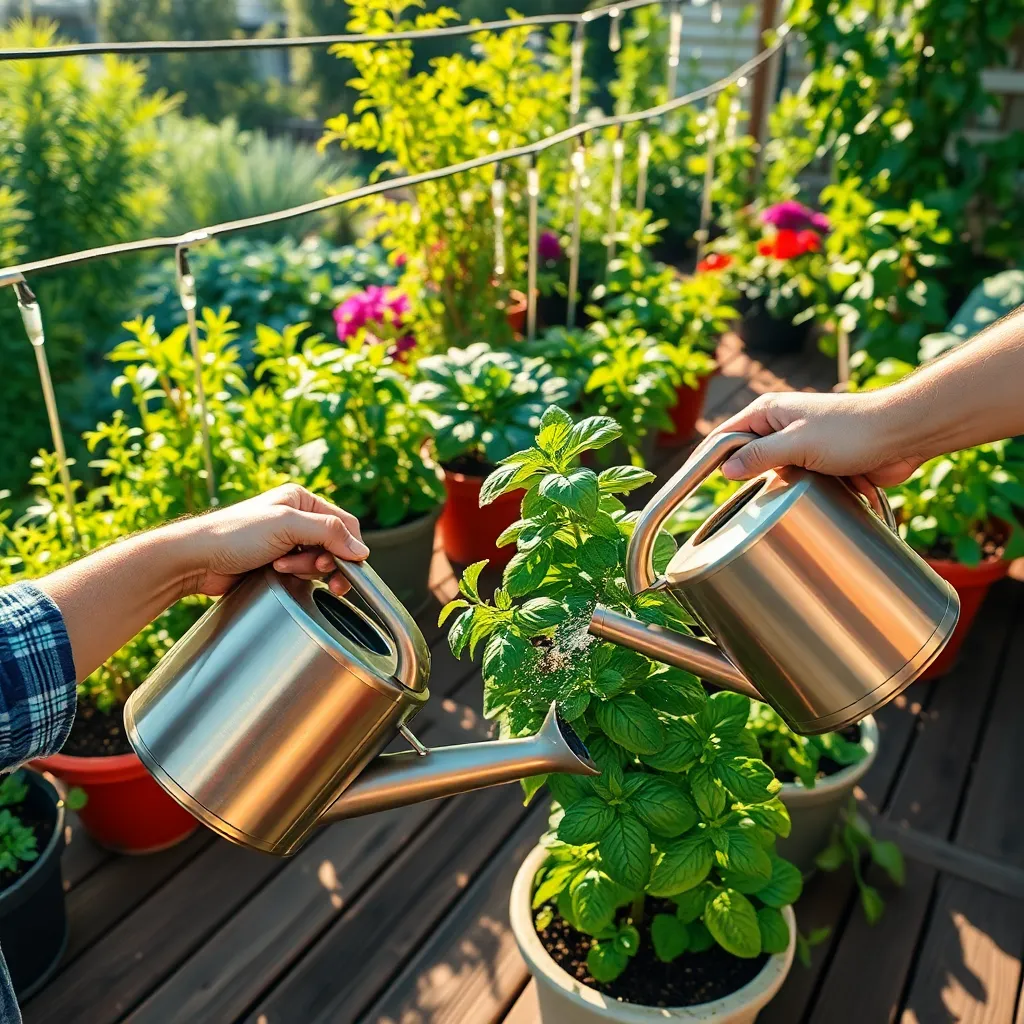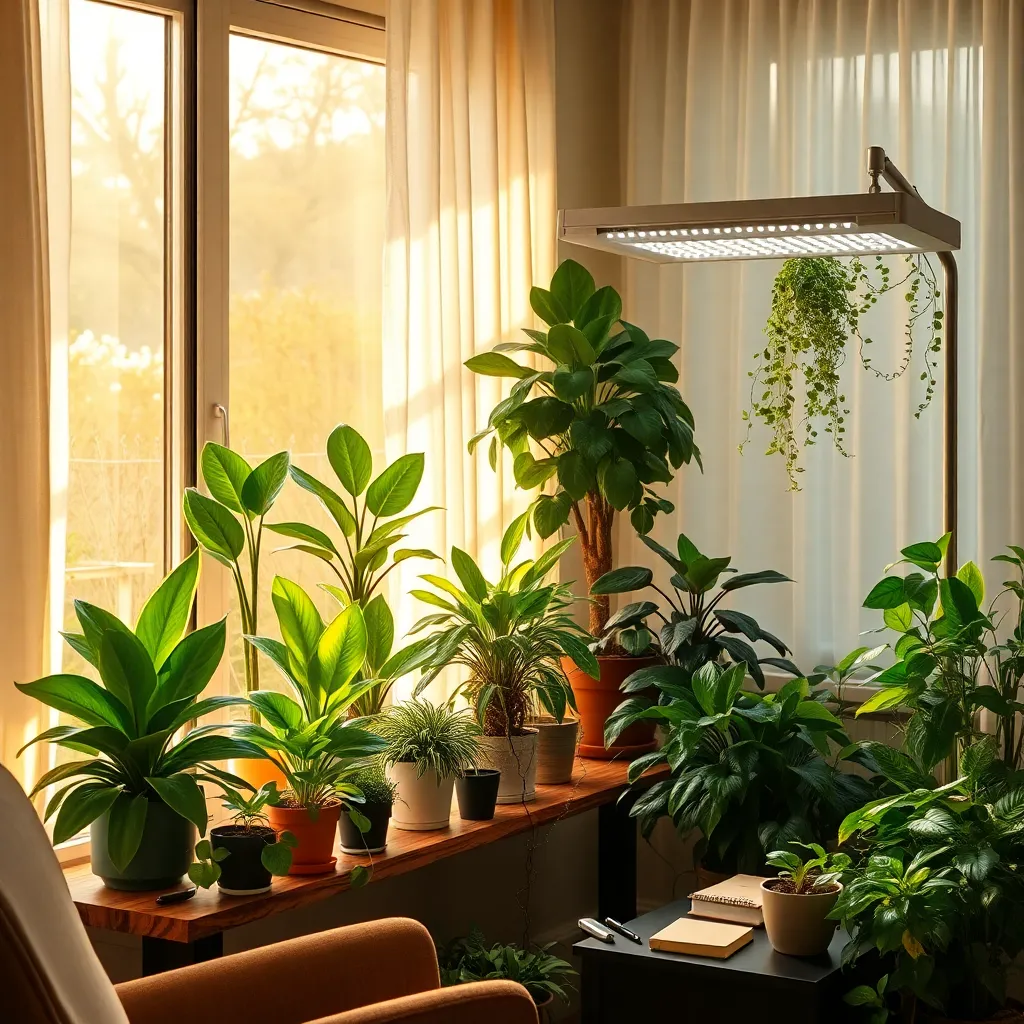In the hustle and bustle of modern life, finding time to nurture a garden can seem like a daunting task, especially for those juggling demanding work schedules. Yet, the rewards of tending to a garden—be it a lush backyard sanctuary or a few pots on your windowsill—are immense, offering a slice of nature’s tranquility amid the chaos. Whether you’re a seasoned gardener or someone just starting to dip your toes into the soil, creating a structured plant care schedule can transform your gardening experience into a seamless part of your weekly routine.
For beginners, the idea of a plant care schedule might sound overwhelming, but it’s simpler than you might think. A well-planned routine can help you balance your gardening passion with professional commitments, ensuring your plants thrive without causing stress. Meanwhile, experienced gardeners can find new strategies to refine their plant care techniques, making every moment spent in the garden more productive and enjoyable. Together, we’ll explore how to tailor a plant care schedule that works for you, with practical tips and insights that cater to your unique lifestyle.
In this article, we will guide you through the essential components of a plant care schedule, focusing on tasks that fit into a busy professional life. You’ll learn how to assess your plant’s specific needs, prioritize tasks, and make the most of your available time. By the end, you’ll feel empowered to maintain a flourishing garden that complements your work commitments, turning even the smallest gardening moments into peaceful retreats. So, let’s dig in and discover how to cultivate both your garden and your professional life with grace and ease.
Choosing Low-Maintenance Plants

For working professionals seeking low-maintenance plants, succulents are an ideal choice. These hardy plants require minimal watering, typically only once every two weeks, making them perfect for those with busy schedules.
Another excellent option is the ZZ plant, which thrives in low-light conditions and can withstand occasional neglect. Its ability to store water in its rhizomes means you can reduce watering frequency to once a month during cooler months.
Consider snake plants, known for their resilience and air-purifying qualities. They prefer indirect light and can tolerate dry conditions, so you can comfortably water them every two to three weeks.
When selecting low-maintenance plants, focus on those that adapt easily to different environments. Plants like pothos and spider plants not only survive but flourish with minimal care, making them perfect for any working professional’s home or office.
Optimizing Plant Care Time

Optimizing your plant care time starts with setting up a consistent routine that aligns with your daily schedule. Consider watering your plants early in the morning or late in the evening when temperatures are cooler, which reduces water evaporation and allows for deeper moisture penetration.
Another efficient strategy is to group plants with similar care needs together. This way, when you water or fertilize, you can address several plants at once, saving both time and effort.
Investing in self-watering pots can also be a time-saver, especially for indoor plants that require more frequent attention. These pots ensure that your plants receive a consistent moisture supply, reducing the need for daily watering.
For advanced gardeners, setting up a drip irrigation system can be a game-changer. It allows for precise watering and can be automated with timers, ensuring your plants get the right amount of water even when you’re not home.
Efficient Watering Strategies

Watering your plants efficiently is crucial for their health and growth, especially when time is limited. Consider using a drip irrigation system which delivers water directly to the base of the plant, reducing waste and ensuring consistent moisture levels.
For those with a more compact garden, self-watering planters can be a great investment. These planters use a reservoir system to provide plants with a steady supply of water, which can be particularly beneficial if you’re often away from home.
Timing your watering sessions can make a big difference. It’s best to water early in the morning or late in the afternoon to minimize evaporation, allowing the plants to absorb the most moisture.
If you’re growing a diverse range of plants, grouping those with similar water needs together can save you time and effort. This technique not only optimizes your gardening schedule but also fosters a harmonious growing environment by ensuring each plant gets just the right amount of water.
- Use a soil moisture meter to check if your plants need water, preventing overwatering.
- Consider adding a layer of mulch to help retain soil moisture and reduce watering frequency.
- For advanced gardeners, installing a smart irrigation controller can automate watering based on weather conditions.
Lighting Solutions for Busy Lives

For working professionals with busy schedules, investing in the right lighting solutions can make a significant difference in plant health. Artificial grow lights are a fantastic option for maintaining indoor plants, especially during shorter daylight hours or in homes with limited natural light.
When selecting grow lights, consider full-spectrum LEDs, which mimic natural sunlight and are energy-efficient. Position these lights approximately 6 to 12 inches above your plants to ensure they receive adequate illumination without overheating.
Implementing a timer system is a simple yet effective way to automate your lighting schedule, ensuring your plants receive consistent light each day. Aim to provide 12 to 16 hours of light daily for most indoor plants, adjusting based on specific needs such as flowering or growth stages.
For those with outdoor gardens, consider using reflective surfaces to maximize natural sunlight exposure. Strategically placing mirrors or reflective materials can help redirect sunlight to shaded areas, boosting growth and health without additional electricity costs.
Weekend Plant Care Routine

Weekends provide a perfect opportunity to give your plants the care they deserve. Start by assessing the moisture level in your soil, ensuring it is neither too dry nor waterlogged, as most plants thrive with consistent yet moderate watering.
For a thorough weekend routine, inspect your plants for any signs of pests or diseases, which can often be managed with natural remedies. Use a mixture of water and mild soap to gently clean leaves, helping to deter unwanted insects and improve plant health.
Pruning is another essential task that can be tackled on the weekend. Trim away dead or yellowing leaves to promote new growth and maintain plant shape, ensuring your garden looks vibrant and well-kept.
Advanced gardeners might consider adjusting soil conditions to improve plant health. Incorporate organic matter or specialized fertilizers to replenish nutrients, which can significantly boost plant growth and flowering in the upcoming weeks.
Conclusion: Growing Success with These Plants
In navigating the bustling lives of working professionals, maintaining vibrant relationships can often feel akin to nurturing a thriving garden. This article outlined five key relationship concepts to help you cultivate a flourishing bond: prioritizing quality time, enhancing communication, practicing empathy, setting boundaries, and fostering growth together. These principles are crucial for ensuring that your relationship remains as resilient and nourishing as a well-tended plant.
Now, take a moment to reflect on your current practices and identify one concept to implement today. Whether it’s scheduling a date night or setting aside time for open communication, small adjustments can yield substantial growth.
To ensure these insights remain at your fingertips for continuous reference, bookmark this article. Having easy access to these strategies will empower you to nurture your relationship consistently, even amidst the demands of a busy schedule.
Remember, much like a garden that thrives with care and attention, your relationship can flourish into a source of joy and resilience. As you embark on this journey of growth, know that success is not just possible—it’s within your reach. Embrace this opportunity to cultivate a relationship that stands strong, nurturing you and your partner for years to come.

